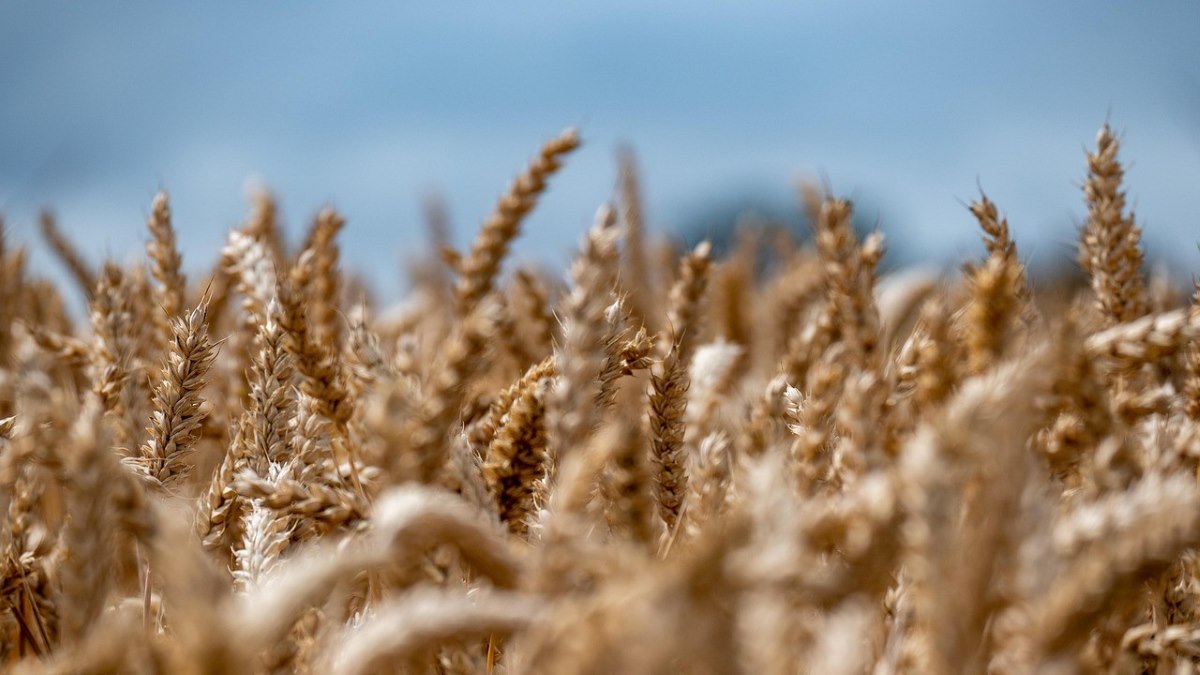Wheat. Credit: Levke Hannemann from Pixabay
Wheat is the world’s most widely cultivated cereal, with 799 million tonnes grown in 2023 alone. The demand for this staple crop is projected to increase to more than 900 million tonnes in 2050.
As wheat yields have plateaued over the past 30 years across all major growing regions, new genetic approaches are needed to sustainably increase wheat productivity to meet rising global food demands.
Now, new research has identified the genetic mutation which causes an existing variant of bread wheat (Triticum aestivum) to produce 3 times as many grains than usual.
“Pinpointing the genetic basis of this trait offers a path for breeders to incorporate it into new wheat varieties, potentially increasing the number of grains per spike and overall yield,” said Vijay Tiwari, associate professor of plant sciences at the University of Maryland in the US and co-author of the study.
A typical wheat spike contains between 18 and 28 spikelets. These produce 3-4 fertile florets which in turn contain 3 stamens and a single ovary. After fertilisation, this forms 1 wheat grain.
Multiovary mutants form up to 3 functional ovaries, and potentially 3 grains, per floret.
A MOV-wheat spikelet (a) and spike (b) showing the effect of the mutation on grain number. Credit: Vijay Tiwari, University of Maryland
Previously, the team mapped the underlying mutation which causes this useful change to a region on the wheat chromosome 2D. Now, they have identified the nature of the mutation as well as the gene underlying the trait.
“We reveal that the wheat multiovary mutant contains a genome rearrangement that activated a key meristem regulatory gene, WUSCHEL-1, which is usually dormant on the D genome of wheat,” the authors report.
The gene encodes for a protein called WUSCHEL-related homeobox (WOX). WOX is a transcription factor (TF), which means that it regulates the expression of other genes.
Specifically, WOX TFs are involved in various regulatory pathways related to plant growth and development.
When the gene is active early in flower development it enlarges the flower-building tissues and allows them to produce extra female parts like pistils or ovaries.
“By employing a gene editing toolkit, we can now focus on further improving this trait for enhancing wheat yield,” says Tiwari.
“This discovery provides an exciting route to develop cost effective hybrid wheat.”

